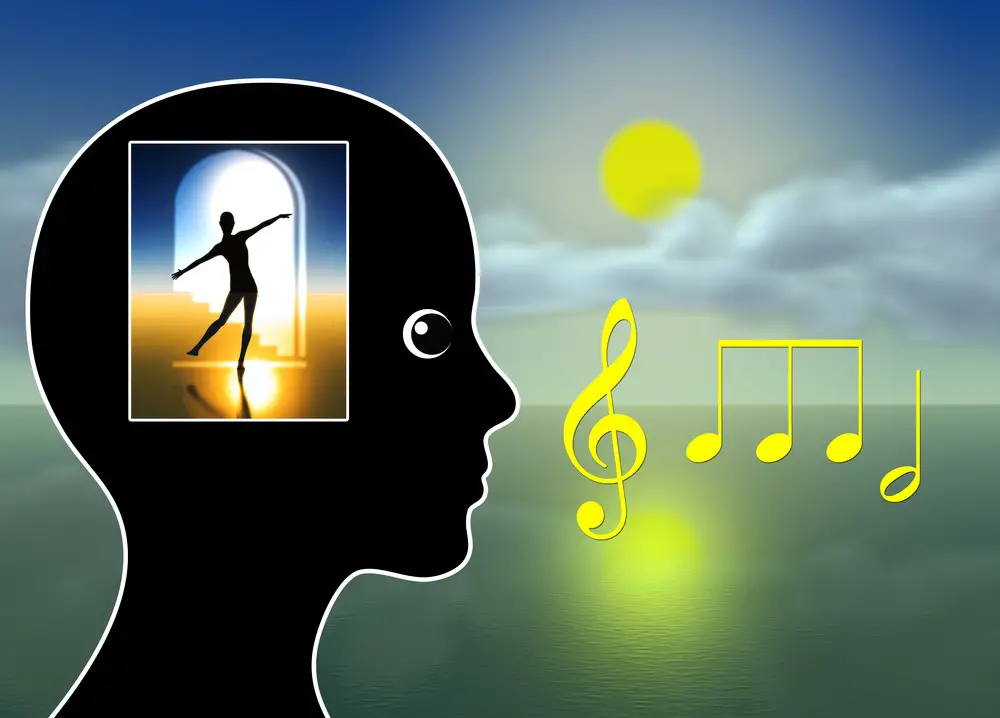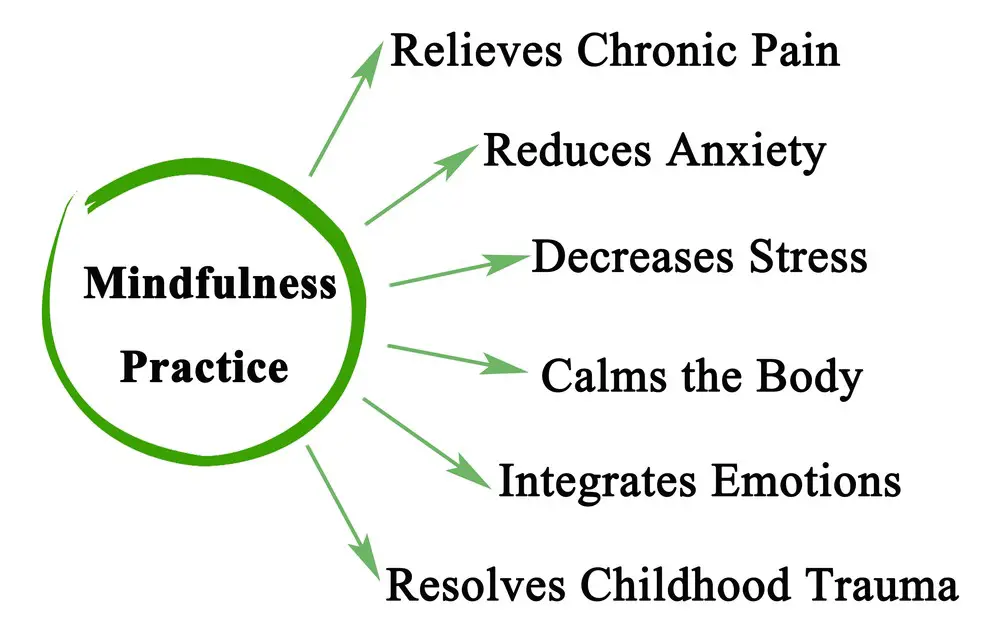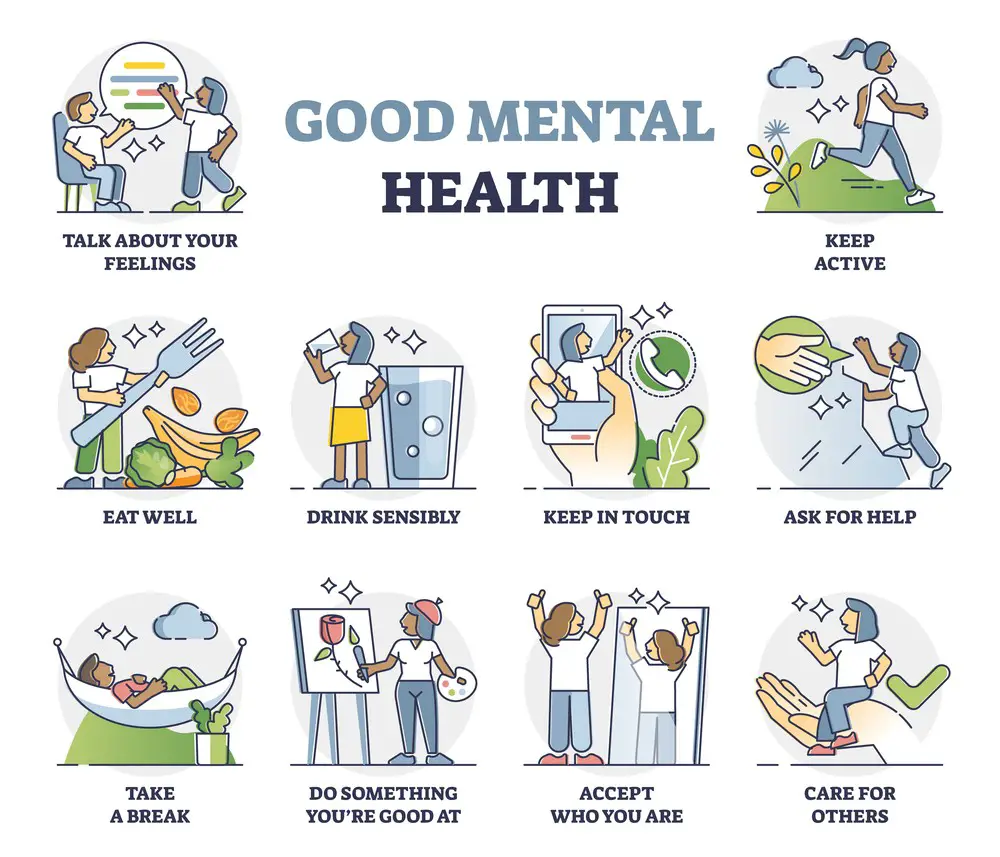As a BetterHelp affiliate, we receive compensation from BetterHelp if you purchase products or services through the links provided
Seasonal Affective Disorder (SAD) is a form of depression that occurs during specific times of the year, primarily in the winter months when daylight is reduced. It affects millions of people globally and can lead to feelings of lethargy, sadness, and a lack of interest in usual activities. While there are various treatments, such as light therapy, medication, and psychotherapy, available, music therapy can also play a significant role in elevating mood and combating the symptoms of SAD. Here are some points that illustrate the power of music to uplift your spirit during challenging seasons.
 Creating Your Own Music
Creating Your Own Music
You don’t have to be a professional musician to create music and even learn how to upload music to Spotify. Simple activities like tapping on a table, playing basic instruments like the ukulele or keyboard, or using music apps and software can be therapeutic.
Composing your own melodies or lyrics allows you to express feelings and emotions, providing an outlet for creativity and self-reflection. Over time, this process can offer a sense of accomplishment and act as a beacon of positivity.
Music as a Mood Enhancer
Research shows that listening to upbeat and cheerful music can significantly boost your mood. When we hear a song we love, our brain releases dopamine, a neurotransmitter associated with pleasure and reward. Creating a playlist of favorite upbeat tunes and playing it during gloomy days can act as a simple yet effective mood enhancer.
Singing Along Can Make a Difference
Singing is not only a form of expression but also a therapeutic activity. It helps in deep breathing, which can alleviate stress. Moreover, singing along to uplifting songs can lead to the release of endorphins, our body’s natural painkillers and mood elevators.
Songs With Positive Lyrics
Lyrics play a crucial role in influencing our thoughts and feelings. Choosing songs with optimistic and empowering lyrics can serve as a reminder of positivity, hope, and strength.
Some timeless tracks that resonate with positivity include “Here Comes the Sun” by The Beatles, “Happy” by Pharrell Williams, and “Three Little Birds” by Bob Marley.
Rhythmic Resonance and Dancing
The rhythm of music can have a profound impact on our body and mind. Upbeat rhythms not only encourage movement but can also synchronize with our heart rate, promoting feelings of joy and vitality.
So, don’t hesitate to dance around your living room when your favorite tune comes on! Dancing increases blood circulation, releases endorphins, and can be an excellent way to combat feelings of sluggishness associated with SAD.
 Music as a Mindfulness Tool
Music as a Mindfulness Tool
Engaging with music can also be a form of mindfulness. Listening intently to a song, focusing on the lyrics, melody, and instruments can help one stay in the present moment. This act of mindfulness can divert attention from negative thoughts and create a space of tranquility, even if for a short time.

Shared Musical Experiences
Sharing music with friends or family can amplify its mood-boosting effects. Organizing small listening sessions, attending concerts, or even participating in group singing or karaoke nights can create shared moments of joy and connection.
These communal experiences not only elevate mood but also foster a sense of belonging and reduce feelings of isolation, which is a common symptom of SAD.
Nature’s Symphony and Ambient Soundscapes
Beyond traditional music, the ambient sounds of nature can be profoundly therapeutic. Whether it’s the gentle babble of a brook, the chirping of birds at dawn, or the rustling of leaves in the wind, these natural soundscapes can instill a deep sense of calm and connection with the environment.
Some numerous apps and platforms offer recordings of nature sounds to choose from. These can be played in the background during stressful or sad moments, providing a subtle organic lift to your spirits.
 Exploration of Music Genres and Historical Eras
Exploration of Music Genres and Historical Eras
Diversifying your musical palette can be an adventure, and venturing into genres or periods you’re unfamiliar with can lead to exciting discoveries.
Classical compositions, jazz improvisations, ‘80s pop anthems, or ancient tribal chants can offer unique emotional experiences. By doing so, you not only learn about the evolution of music but might stumble upon a hidden gem that resonates deeply with your current emotions or memories.

Harmonizing With the Heartbeat of Hope
Engaging with the harmonious world of music can be a heartwarming journey, especially when the skies gray over during the colder months. Seasonal Affective Disorder (SAD) might cast a long shadow, but with the magic of melodies, we can find that spark to light our way through the gloom. Here are some more chords to strike on this tuneful expedition:
- Personalize Your Playlist:
- Handpick tracks that echo with positivity and hope. The notes that make your heart flutter can be your companions through the gray.
- Consider creating a “Happy Playlist” and share it with friends. They might add tracks that could become your new favorites.
- The Serenade of Serotonin:
- Music can trigger the release of serotonin, known as the “feel-good” neurotransmitter. Engage with tunes that have made you smile in the past, and let the musical waves wash over you.
- Lyrical Affirmations:
- Opt for songs that have affirming lyrics. A reassuring phrase and a catchy tune can be a potent mood lifter.
- Consider tracks like “Stronger” by Kanye West or “Eye of the Tiger” by Survivor to feel an extra empowerment kick.
- The Beat of Mindfulness:
- Explore the gentle realm of meditative music. The tranquil tunes can guide you to mindfulness, helping to clear the mind and soothe the soul.
- Adventure into Audiobooks and Podcasts:
- If you enjoy stories and discussions, delve into audiobooks or podcasts that pique your interest. They can be an alternative way to uplift your mood and introduce you to new ideas and perspectives.
- Music Lessons as a Joyful Journey:
- If you have ever wanted to play an instrument, now might be a fantastic time to start. Learning, practicing, and eventually creating music can be deeply rewarding.
- Concerts and Live Performances:
- While the world is slowly opening up, keep an eye out for live music events. The energy of a live performance can be electrifying and incredibly uplifting.
- Community Choirs and Music Groups:
- Joining a community choir or a music group can not only enhance your musical skills but also provide a platform for social interaction, which can be incredibly beneficial in combating SAD.
- Sound Bath Healing:
- Explore sound bath sessions, where gongs, singing bowls, and other instruments are played to promote relaxation and healing. It’s a unique experience that can help harmonize your mental state.
- Exploration of Cultural Music:
- Venture beyond your usual genre and explore music from different cultures. The diverse rhythms and melodies can offer a fresh and intriguing auditory experience.
- Themed Music Nights:
- Host themed music nights with close friends or family. Whether it’s an 80’s disco night or a serene evening of classical music, the shared joy of music can foster heartwarming memories.
Music isn’t just an auditory delight; it’s a soulful journey that can tenderly cradle our spirits through the ups and downs of life. So, as the days grow shorter and the nights longer, let the comforting embrace of melodies warm your heart and kindle the flames of joy and hope once again.
 Tuning Into Your Inner Harmony: Signs You May Need Therapy
Tuning Into Your Inner Harmony: Signs You May Need Therapy
Life, much like music, flows through various rhythms and tones. Sometimes, the melody resonates with joy, while at other times, it hums a tune of distress. It’s essential to recognize when the notes within us are sounding a call for help or a pause. Here are some signs that might suggest the need for therapy as you navigate through the symphony of life:
- Persistent Sadness or Anxiety:
- If you find the gloomy chords of sadness or anxiety echoing for an extended period, it may be a cue to seek a therapist’s insight.
- Sleep Discord:
- When the lullabies of sleep elude you or nightmares play on a loop, it’s a sign that your mind is seeking harmony.
- Turbulent Emotional Waves:
- Experiencing severe mood swings or intense emotional reactions could signify the need for a professional to help you tune into a more balanced rhythm.
- Communication Breakdown:
- Struggling to communicate or maintain relationships can feel like playing a discordant tune. Therapy can help in fine-tuning these essential life skills.
- Withdrawal from Life’s Orchestra:
- If you find yourself withdrawing from activities or people who once composed the joyful music of your life, it’s a sign to seek help.
- Hearing Echoes of Trauma:
- Past traumas can reverberate through your life, distorting the present tune. Therapy can provide a space to process these echoes and compose a new melody.
- Addictive Behaviors:
- Engaging in addictive behaviors can be like a repetitive, harmful beat. Therapy can help change the tune and break the cycle.
- Overwhelming Stress:
- When the cacophony of stress drowns out other melodies of life, it’s a clear sign that you might need a guiding hand to restore harmony.
- Low Self-Esteem or Doubt:
- Consistently doubting your worth or abilities is like playing a tune out of tune. Therapy can help adjust the pitch and bring back self-assurance.
- Feeling Stuck in a Loop:
- Feeling stuck or uncertain about how to face life’s music is a common sign that seeking a therapist’s guidance could be beneficial.
Recognizing the signs and seeking therapy is akin to inviting a skilled musician to help tune your instrument. With the right support, you can rest the chords of your heart and mind, turning dissonance into a harmonious melody. Therapy isn’t about fixing what’s broken but about tuning the strings so the music of your life plays a comforting, coherent, and hopeful tune once again.
- 7 Ideas to Help You Relax and Unwind on a Family Vacation - April 27, 2025
- How Having Cybersecurity Protection Helps You Relax - April 25, 2025
- 8 Reasons Why Spending Time Outside Calms You Down - April 25, 2025
This site contains affiliate links to products. We will receive a commission for purchases made through these links.


 Creating Your Own Music
Creating Your Own Music Music as a Mindfulness Tool
Music as a Mindfulness Tool Exploration of Music Genres and Historical Eras
Exploration of Music Genres and Historical Eras Tuning Into Your Inner Harmony: Signs You May Need Therapy
Tuning Into Your Inner Harmony: Signs You May Need Therapy
